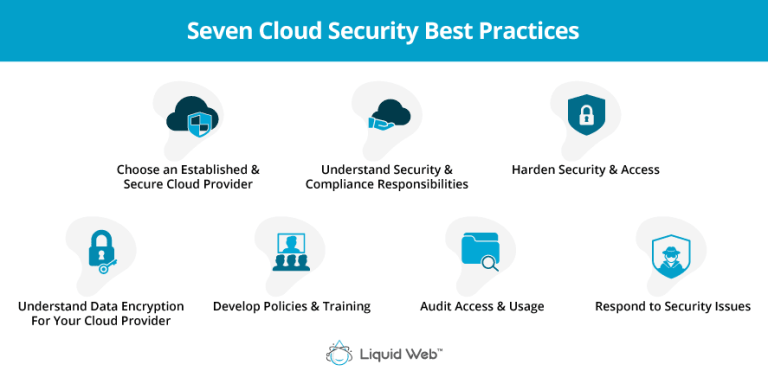Exploring the Benefits of Server Consolidation in Cloud Computing
Are you looking to cut down on technology expenses? Server consolidation might be the answer you’re looking for. It’s similar to cleaning out your closet, getting rid of unnecessary items, and organizing what’s left. As your business grows or changes, it’s important to tidy up your IT infrastructure in the same way.
By consolidating servers, you ensure that you’re only using the necessary technology and not wasting resources. This article will delve into what server consolidation is, its importance, and the tools and practices that can help maintain an efficient and cost-effective computer system.
Understanding Server Consolidation
Server consolidation involves merging multiple servers into a smaller number of machines. It’s like having several half-full water bottles in your fridge – they take up space without being fully utilized. Many companies operate servers in a similar manner, underusing their capabilities.
By consolidating servers, tasks are combined onto fewer machines, leading to more efficient use and cost savings. It reduces electricity usage, frees up physical space, and simplifies IT system management.
Virtualization is the most common method for server consolidation. It allows a single physical server to function as multiple virtual ones by moving from physical to virtual components. This leads to better resource use, isolated virtual environments with full functionality, and it does not affect other virtual servers’ processes.
The hypervisor is critical for virtualization. It manages the virtual machines and distributes physical resources among them. There are two types: Type 1 (bare metal) and Type 2 (hosted), each with different platforms and functionalities.
Advantages of Virtualization in IT Operations
Virtualization offers scalability, flexibility, improved security, cost savings, and facilitates backup and disaster recovery processes. It’s easy to scale up or down without additional physical hardware and allows rapid deployment and reconfiguration of resources.
Benefits of Server Consolidation
For instance, if an organization has three servers with varying utilization rates (100%, 50%, and 15%), there is a clear imbalance. By consolidating the lesser-used servers’ workloads onto one machine, the organization can operate efficiently with fewer servers. This reduces hardware costs, lowers energy consumption, decreases maintenance expenses, and improves efficiency, server management ease, resource utilization, load balancing, and business continuity planning.
Associated Costs of Server Consolidation
While server consolidation offers long-term benefits, it’s crucial to plan for associated costs such as initial investment in virtualization software licenses or new hardware, planning and execution expenses, potential downtime costs, and training expenditures.
Methods of Server Consolidation
There are various ways to achieve server consolidation, each impacting system configuration, downtime, and cost efficiency. Choosing the right method depends on factors like current IT infrastructure, business requirements, budget constraints, future growth, and available expertise.
Planning Steps for Server Consolidation
A successful server consolidation process requires thorough preparation, selecting the best method, planning for potential downtime, testing post-consolidation, continuous performance monitoring, creating a timeline for implementation, and considering external assistance if needed.
Server Consolidation with Liquid Web
Liquid Web is an experienced provider offering services that enhance IT infrastructure efficiency and performance. Their offerings include dedicated server hosting with server virtualization essential for consolidation and high-quality VMware solutions for managing virtual machines.
Liquid Web also supports white-glove migrations for a smooth transition with minimal downtime, optimization and consolidation services for maximum efficiency, and a fully managed consolidation service.
Using Liquid Web for server consolidation offers fully managed hosting, exceptional customer service, a seamless experience, a competitive edge, and robust support options.
Choosing Liquid Web means entrusting your IT infrastructure to a provider that delivers advanced technology coupled with outstanding support for a successful server consolidation experience.
In conclusion, server consolidation is vital for optimizing IT infrastructure, streamlining operations, reducing costs, and boosting performance. Partnering with Liquid Web can ease the consolidation process with their expertise and resources. To enhance your IT infrastructure’s performance and efficiency, explore server consolidation options with Liquid Web.





